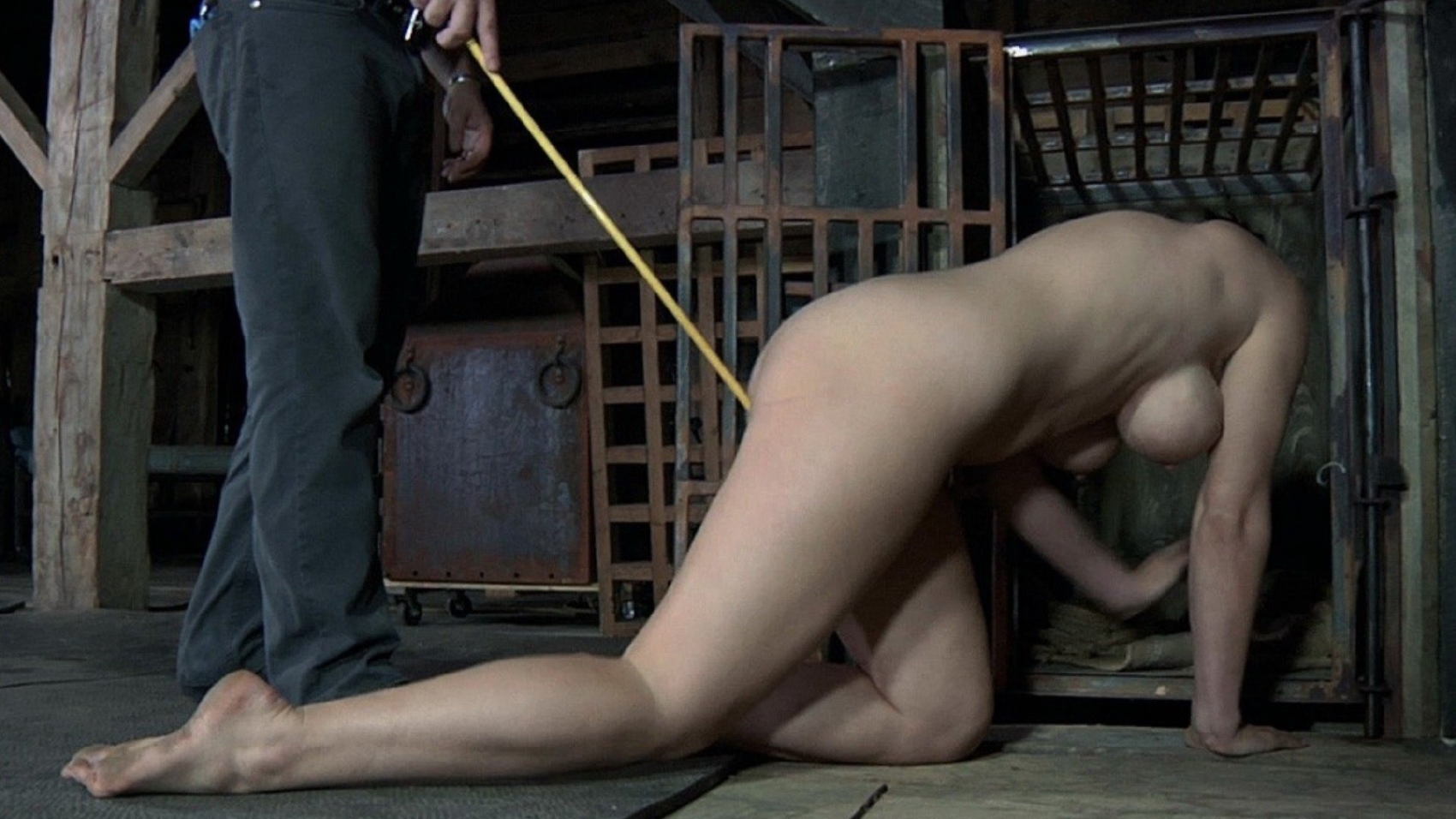Discipline is a cornerstone of BDSM dynamics, and as someone deeply immersed in the community, I’ve learned how integral punishment can be in fostering trust, maintaining boundaries, and enhancing the dominant-submissive connection. But not all punishments are created equal. Let’s explore how to approach this essential aspect of BDSM responsibly.
Types of Punishment: Playful vs. Real
In BDSM, punishment can serve two distinct purposes: playful exploration or genuine correction. Playful punishments are part of a pre-agreed scenario where both partners enjoy the dynamics of control and submission. On the other hand, real punishment serves to address a submissive’s misbehavior or failure to meet expectations. The latter requires a more thoughtful, measured approach to ensure it’s impactful but not harmful.
Effective and Meaningful Punishment
For punishment to achieve its purpose, it must create a genuine sense of discomfort or inconvenience for the submissive. It’s crucial to avoid methods they find pleasurable, as this can lead to manipulation. For instance, if your submissive enjoys wax play, using it as a consequence won’t deter unwanted behavior—it might even encourage it.
On the flip side, excessively harsh punishments can damage trust and foster resentment. The goal is to strike a balance: choose methods that match the severity of the offense while respecting established boundaries. Sometimes, restricting privileges or assigning additional responsibilities can be just as effective as physical discipline.
Avoiding Overkill
A common misconception is that harsher punishments yield better results. In reality, overly severe methods can lead to feelings of inadequacy or fear, damaging the submissive’s trust in their dominant. For example, repetitive or extreme flogging might shift the focus from the lesson to the dominant’s perceived inability to control their emotions.
To address repeat offenses, I sometimes use a principle of escalation. Start with minimal consequences, then double the impact for subsequent violations. For instance, two strikes for the first offense, four for the second, and so on. However, variety is essential—too much reliance on one method can diminish its effectiveness over time.
Important Considerations for Dominants
It’s rare for a submissive to intentionally provoke their dominant, but it does happen. When consistent behavioral issues arise, it may signal deeper compatibility issues or unresolved emotions. In these cases, open and honest communication is vital.
If your repertoire of punishments feels limited, explore other options. While spanking or flogging might be common choices, there’s an entire spectrum of tools and techniques available. Mental exercises, restrictions, or even creative denial of privileges can be equally impactful when executed thoughtfully.
Building Trust Through Discipline
Discipline in BDSM is not just about correction—it’s about understanding, growth, and shared commitment. As a dominant, your role is to guide, protect, and nurture your submissive while maintaining the integrity of your dynamic. Approach punishment with care and respect, and it can become a powerful tool for strengthening your bond.
Whether you’re exploring playful punishments or addressing real behavioral issues, remember that balance is key. Punishment should challenge your submissive, not break them. With patience and creativity, you can navigate this complex yet rewarding aspect of BDSM dynamics effectively.
Key Takeaway: Punishment is an art form in BDSM. By maintaining open communication, respecting boundaries, and tailoring your methods to the individual, you can create a dynamic that fosters growth, connection, and trust.

